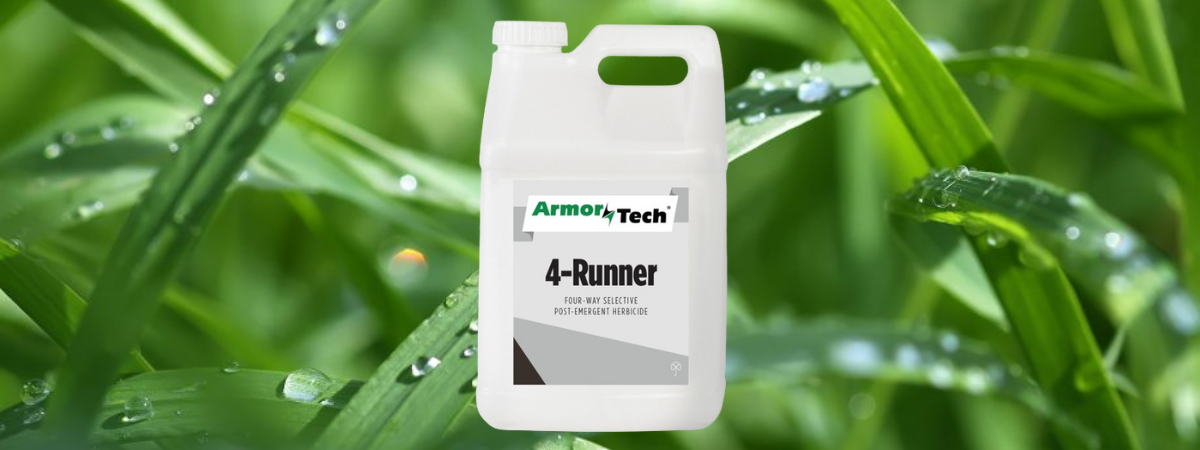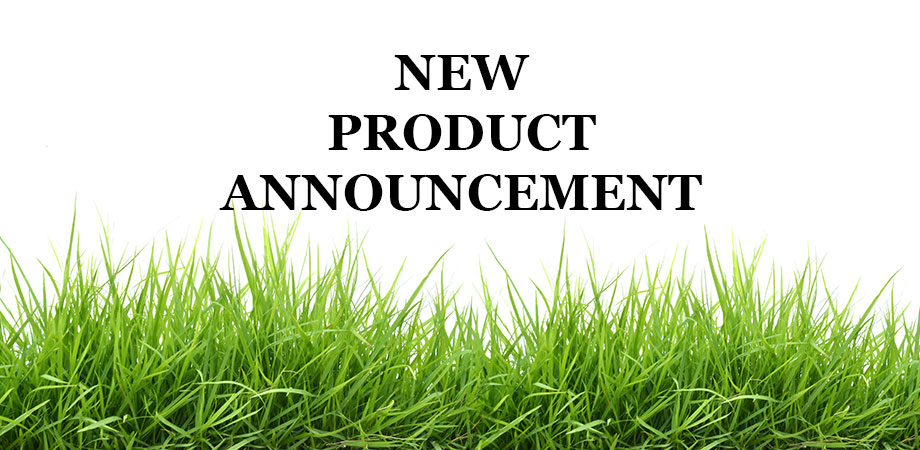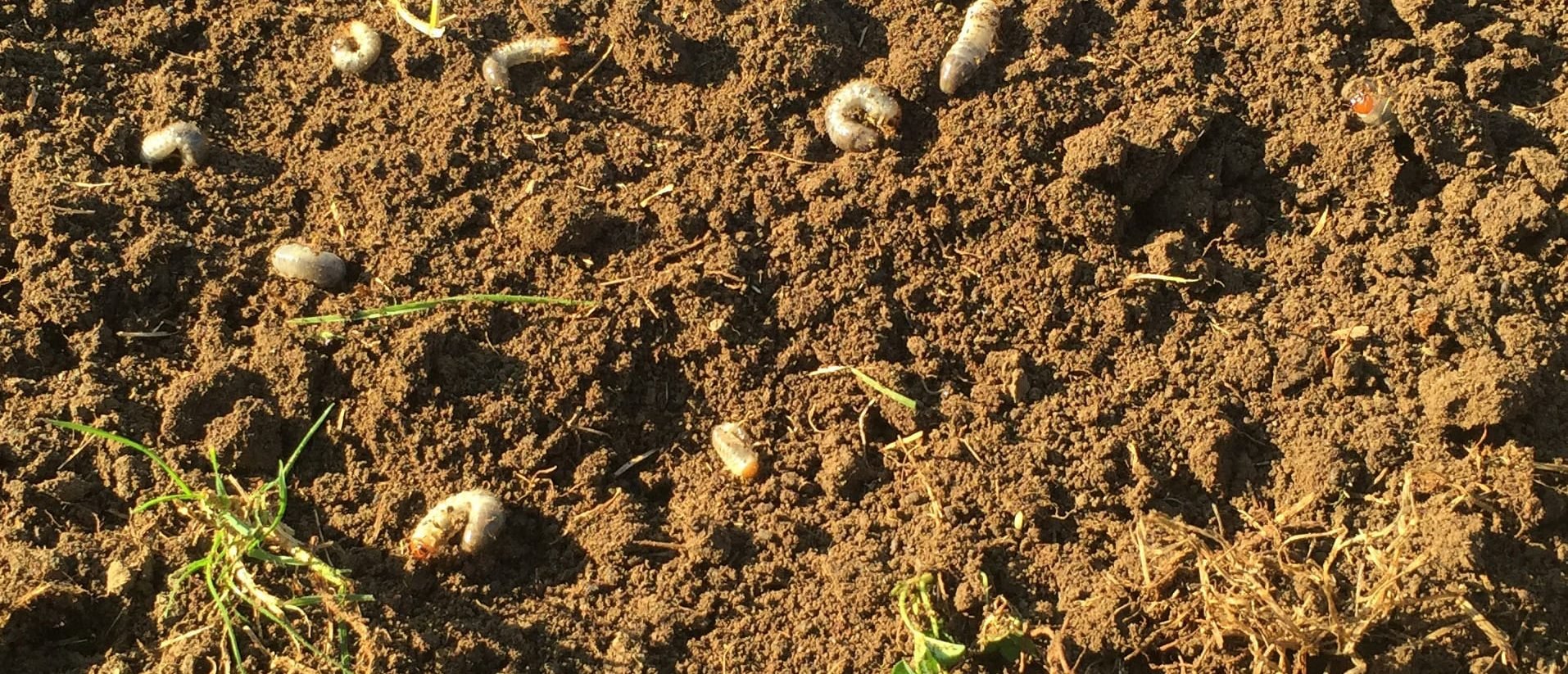As a lawn care operator, achieving and maintaining moss-free patios is not just about aesthetics—it’s also about customer safety. In this blog, we’ll cover why moss grows on patios, how and why it can be problematic, and how to eliminate it through non-chemical and chemical methods.
Understanding Moss Growth
Moss grows in moist, shaded areas with poor air circulation, making outdoor patios a perfect candidate for a habitat.
What Is Moss and How Does It Grow?
Mosses are green, non-vascular plants that thrive in damp, shaded environments. They are different from other plants because they reproduce via spores. Those spores are then spread by wind and water, growing and reproducing asexually so long as moist conditions persist. Moss is common on cement patios, pavers, and brick since they are exposed to rain and moisture, typically receive ample shade, and often retain water.
How Does Moss Grow On Patios?
On patios, moss typically grows in crevices where moisture accumulates, such as between bricks and contraction joints on concrete. It also occurs on solid slabs. Regardless of where it grows, it can be unsightly and also pose a tripping/slipping hazard to customers.
Manual Moss Removal Techniques
Moss buildup is gradual, typically taking several months to a year to fully establish itself. It can also be removed by hand—especially when it isn’t widespread.
Some property owners opt to use boiling water, bleach, or a combination of vinegar and water to clear moss from their patios. Some individuals also use a broom or a gritty brush to remove moss. While these methods can be effective, they would be cost- and time-prohibitive for a large-scale lawn care operation to employ.
Alternatively, some LCOs may choose to offer pressure washing services for customers seeking a fast, easy moss-clearing solution. It’s important to note that areas with cracks should be sealed after power washing. While many specialized businesses deal exclusively with power washing, if an LCO is already at a customer’s property to care for their lawn and landscape, it could prove to be a beneficial add-on service.
Removing Moss With Herbicide Products
Since moss is non-vascular, as mentioned previously, systemic herbicides (particularly those that contain glyphosate) will not eliminate moss. LCOs will want to seek out a contact herbicide like FMC’s Quicksilver, which is labeled for use on stone-covered yards and treats silvery thread moss. It works quickly, killing the moss within seven to 14 days.
For more information on lawn care topics, consider signing up for our monthly newsletter.












